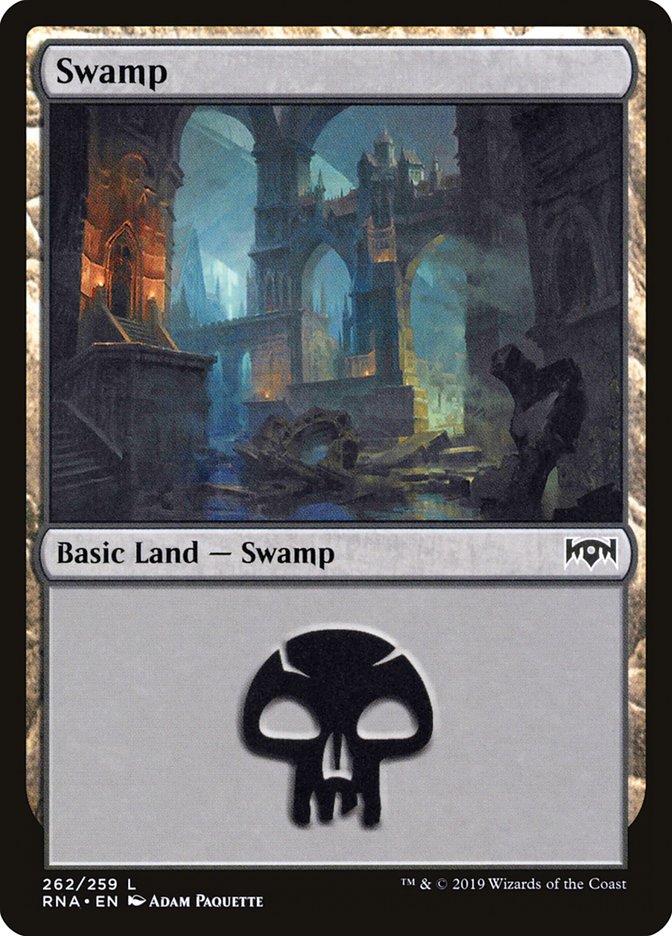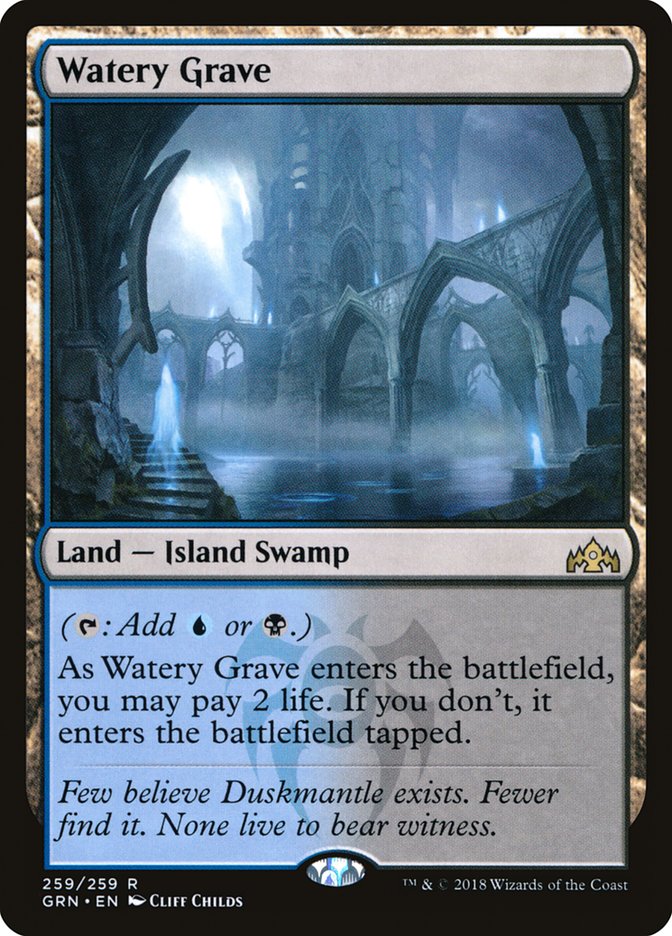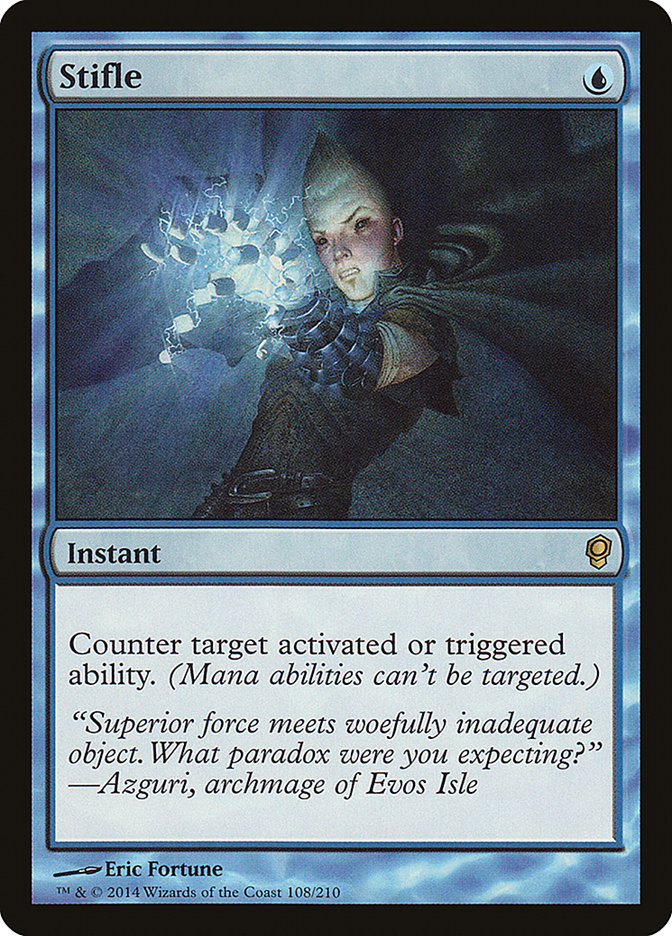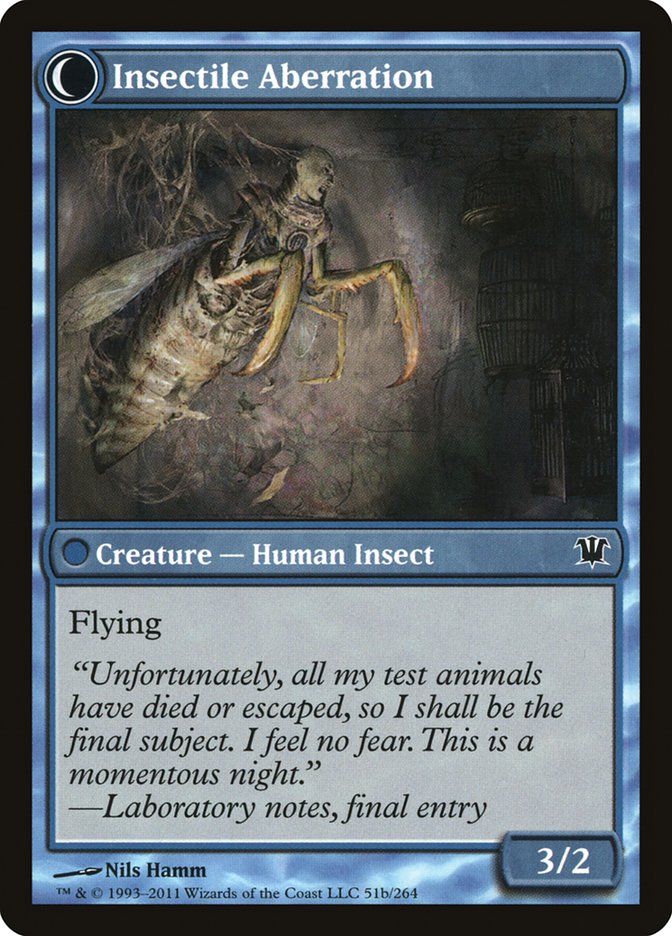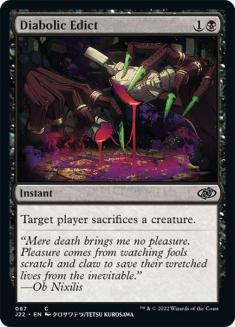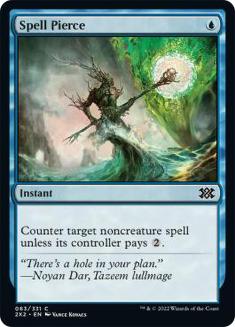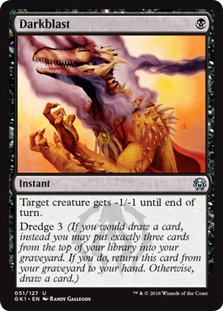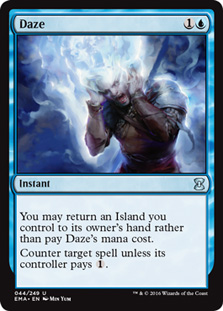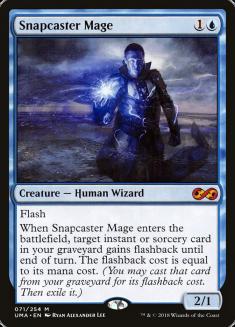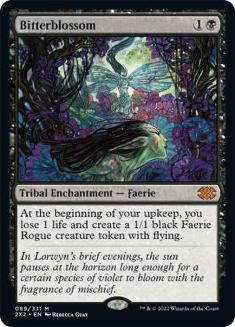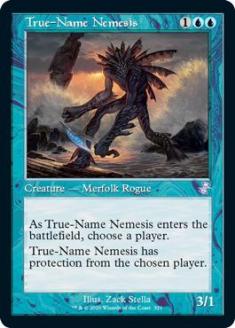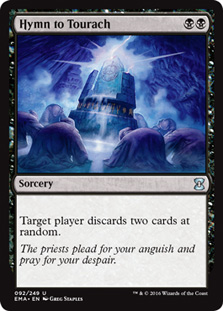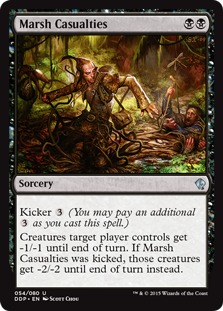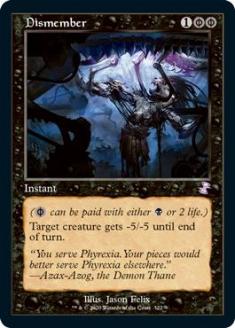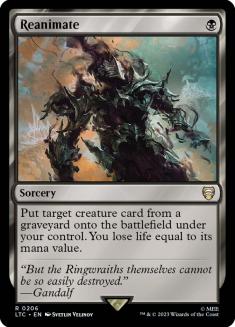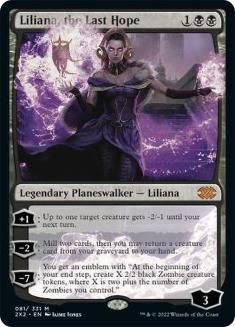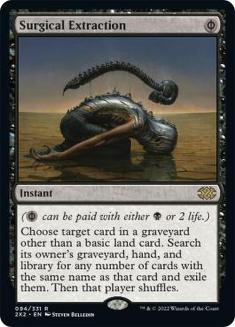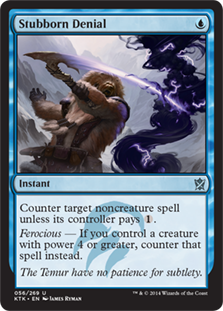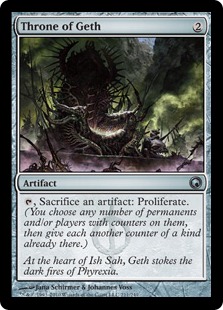Hey friends, I’m Liz.
I’m a full-time Magic vendor and lifelong Magic player. I’m making my Star City Games debut after stumbling into a trophy in Baltimore last weekend with the help of Mishra’s Bauble trigger rememberer Ryan Overturf and known coffee enjoyer Jacob Hagen. I love to talk about Legacy and all the tiny edges you can gain from obsessing over tiny details.
Legacy is a format that rewards players for small innovations. It’s the best part of the format in my eyes. You can spend hours obsessing over card choices and matchups and it pays off. The answers are powerful and you have access to some of the best card selection and tutors that Magic has to offer, so changing one or two cards can completely shift the dynamic of a matchup.
The Dimir Death’s Shadow list I played at the Team Constructed Open in Baltimore is a prime example of subtle changes making a huge difference.
Creatures (14)
Lands (18)
Spells (28)

Going into SCG Baltimore I wanted to find a way to make my Miracles, Lands, and Grixis Delver matchups better. In testing, I found myself feeling behind against these decks that make up a huge portion of the Legacy metagame and I was worried. It was time to innovate or die. I ended up making three changes to my 75 the Monday before the tournament. Those three cards each won me several games throughout the tournament in ways that no other card could have.
Swamps, Shocklands, and Stifles
Let’s start with the most impactful, yet least obvious change to the deck. I played a Swamp over a fetchland and a Watery Grave over the second Underground Sea that you see in most stock Dimir Death’s Shadow lists. In many games against Miracles, you need to be able to get yourself to a low life total to make Death’s Shadow a threat more than once because of Swords to Plowshares. Keeping your fetchlands live as ways to give your Shadow +3/+3 is crucial in keeping the pressure on against the Swords to Plowshares and Grove of the Burnwillows decks.
On the other end of the format, you have the decks pressuring your life total and going after your lands. This is where basic Swamp comes in. While it was initially hard to justify playing a Swamp in my four-Daze deck, I found that having a mana source that casts my best threats in Wasteland matchups and painlessly casts my Fatal Pushes against aggressive decks was worth the potential clunkiness that comes with being stuck on multiple Dazes.
The third maindeck change that I made was removing a Snuff Out for a Stifle. Snuff Out doesn’t handle Marit Lage, Baleful Strix, or opposing Gurmag Anglers, which meant it was an extremely high-variance maindeck card. I changed it out for a Stifle because I figured it would be easier to convert Stifle to a win in my average game. When Snuff Out is bad, you have to Brainstorm it away, but Stifle pitches to Force of Will and is potentially useful against Dark Depths strategies. Moving forward, I’m replacing the Stifle with a Spell Pierce, but that could change again, as it’s easily the most flexible slot in the deck.
The Worst Card in My Deck
Delver of Secrets was the worst card in my deck. This one was a tough pill to swallow, but Delver didn’t pull its weight at all.
Without the closing power of Lightning Bolt, a Delver almost never crosses the finish line for you and the damage it does early is nearly meaningless. It doesn’t block well and is a bad draw late.
Meanwhile, Death’s Shadow lets you turn the corner quickly and play almost like a combo deck to steal games. If I could play eight copies of Death’s Shadow, I would without thinking twice.
Gurmag Angler does a decent Death’s Shadow impression and Reanimate is an extremely versatile threat.
I was wracking my brain on how to replace Delver of Secrets, but Ben Friedman did all the work for me.
Creatures (12)
Planeswalkers (1)
Lands (17)
Spells (30)

Ben took the deck in a totally different direction and I love what he has done with it.
Jace, Vryn’s Prodigy and Liliana the Last Hope help you grind against Miracles and Grixis Control in Game 1 in a meaningful way that my build couldn’t do. My plan in both of those matchups was to be aggressive and hope that I could tag a crucial spell with a Daze or Wasteland them out of the game – a dubious strategy at best.
Taking inspiration from his list and my experience with the deck, this is what my starting point for SCG Syracuse looks like:
Creatures (14)
Planeswalkers (2)
Lands (18)
Spells (26)

The biggest thing to be mindful of while sideboarding with this deck is knowing when you’re the beatdown. Jace, Vryn’s Prodigy and Liliana, the Last Hope allow you to play a long game, but you can’t leverage that in every matchup.
Here’s how I would sideboard against the top tier of Legacy decks:
VS Grixis Delver
Out (on the play):
In (on the play):
Out (on the draw):
In (on the draw):
On the play, you’re trying to be the faster deck and not concern yourself with trying to play a long game, so your Dazes are at their best here. When you’re on the draw, you want to take out your Dazes and bring in your grindy cards to play a long, resource-based game. These are the games where Jace, Vryn’s Prodigy and Liliana, the Last Hope shine the most. Using a Death’s Shadow to turn the corner quickly after taking control of a game is my primary gameplan when I’m on the draw.
VS Grixis Control
Out:
In:
The gameplan here is the same as against Grixis Delver on the draw.
VS Miracles
Out:
In:
We don’t need our removal spells here and Reanimate is only really hitting our own creatures, so it’s not at its best. Make sure to save a fetchland to re-grow Death’s Shadows after a Swords to Plowshares on a threat.
VS Death and Taxes
Out:
In:
The Death and Taxes matchup revolves around Mirran Crusader and Stoneforge Mystic. You can go toe-to toe with most of their threats outside of these. True-Name Nemesis helps a lot here, but be wary of Council’s Judgment.
VS Sneak and Show
Out:
In:
This one is pretty easy. All your maindeck disruption is good, and it’s hard to lose if you manage to Thoughtseize them. Some people play Leyline of Sanctity, so your mileage with Thoughtseize and Hymn may vary.
VS Lands/Golgari Depths
Out:
In:
The dream is to Surgical Extraction their Dark Depths, but they like to make it hard on you. Against Golgari Depths, you need to be able to deal with one Marit Lage or draw several Wastelands. Against Lands, you need to Shock yourself aggressively, but be mindful of Punishing Fire.
VS Eldrazi Post
Out:
In:
You need to have Force of Will or Throne of Geth to deal with a Chalice of the Void and maintain enough battlefield presence to clock them while not dying to a Reality Smasher. One of the tougher matchups unless you draw several Wastelands.
Innovating and Moving Forward
Cutting Delver of Secrets leaves Dimir Death’s Shadow in a strange place where I’m not sure what the best list is. To me, that’s my favorite thing in Legacy. I get to tinker with builds and try new strategies until I find something that’s right. I intend to put a lot of work into this deck over the next few weeks, so stay tuned to my Twitter for updates!
Fetch. Shock. Take two. I’m Liz Lynn.


